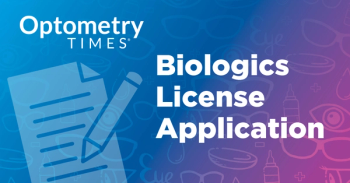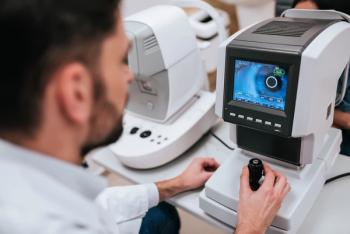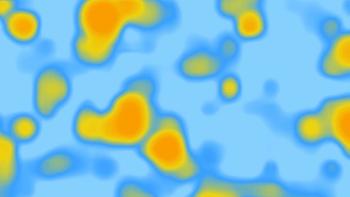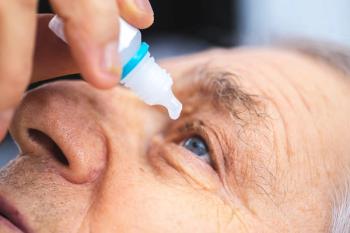
Secondary analysis suggests DED severity, systemic medication use correlation
The analysis, which pulled data from the DRy Eye Assessment and Management (DREAM) study, found that users of corticosteroids had multiple worse and consistent DED signs.
A secondary analysis drawn from data collected from the DRy Eye Assessment and Management (DREAM) Study found an association between systemic medication use and an increase in severity of
The DREAM study was initially published in 2018 and was a multi-center, double-masked, placebo-controlled, randomized clinical trial that assessed the efficacy and safety of oral ω-3 supplementation for the treatment of DED. The study consisted of 535 participants with symptoms and sign of moderate to severe DED who treated with 3000 mg ω-3 (2000 mg eicosapentaenoic acid and 1000 mg docosahexaenoic acid) per day or placebo (5000 mg olive oil per day). Participants were assessed for DED signs using tear breakup time, Schirmer testing, corneal fluorescein staining, conjunctival lissamine green staining, meibomian gland dysfunction, and tear osmolarity. DED symptoms were assessed using the ocular surface disease index. At the conclusion of the study, no evidence was found to indicate a beneficial effect of ω-3 supplements regarding DED.2
The secondary analysis, published in a paper in The Ocular Surface, categorized participant-reported systemic medications into antidepressants, antihistamines, aspirin, corticosteroids, diuretics, nonsteroidal anti-inflammatory drugs, proton pump inhibitors, statins, vitamin D3, and medications for diabetes mellitus, hypertension, hypothyroidism, migraine, and seizure.1
The analysis found that antihistamine, vitamin D3, aspirin, and corticosteroid users had a lower tear break-up time. Antihistamine and corticosteroid users had higher OSDI scores. Corticosteroid and seizure medication users had higher composite severity scores. Vitamin D3 users had greater meibomian gland dysfunction, while diuretic users had less. Additionally, corticosteroid users had lower Schirmer test scores, and higher cornea fluorescein staining.1
References:
Guo M. Diaz GM. Yu Y. et al. Association between systemic medication use and severity of dry eye signs and symptoms in the Dry eye assessment and management (DREAM) study. The Ocul Surf. Online March 2024. April 2024;32:112-119.
https://doi.org/10.1016/j.jtos.2024.01.009 Asbell PA. Maguire MG. Peskin E. et al. N-3 Fatty Acid Supplementation for the Treatment of Dry Eye Disease. The New Eng Jour of Med. April 2018;378(18):1681-1690. doi:10.1056/NEJMoa1709691
Newsletter
Want more insights like this? Subscribe to Optometry Times and get clinical pearls and practice tips delivered straight to your inbox.








































